7 Steps to Teaching Writing Skills to Students with Disabilities
February 28, 2017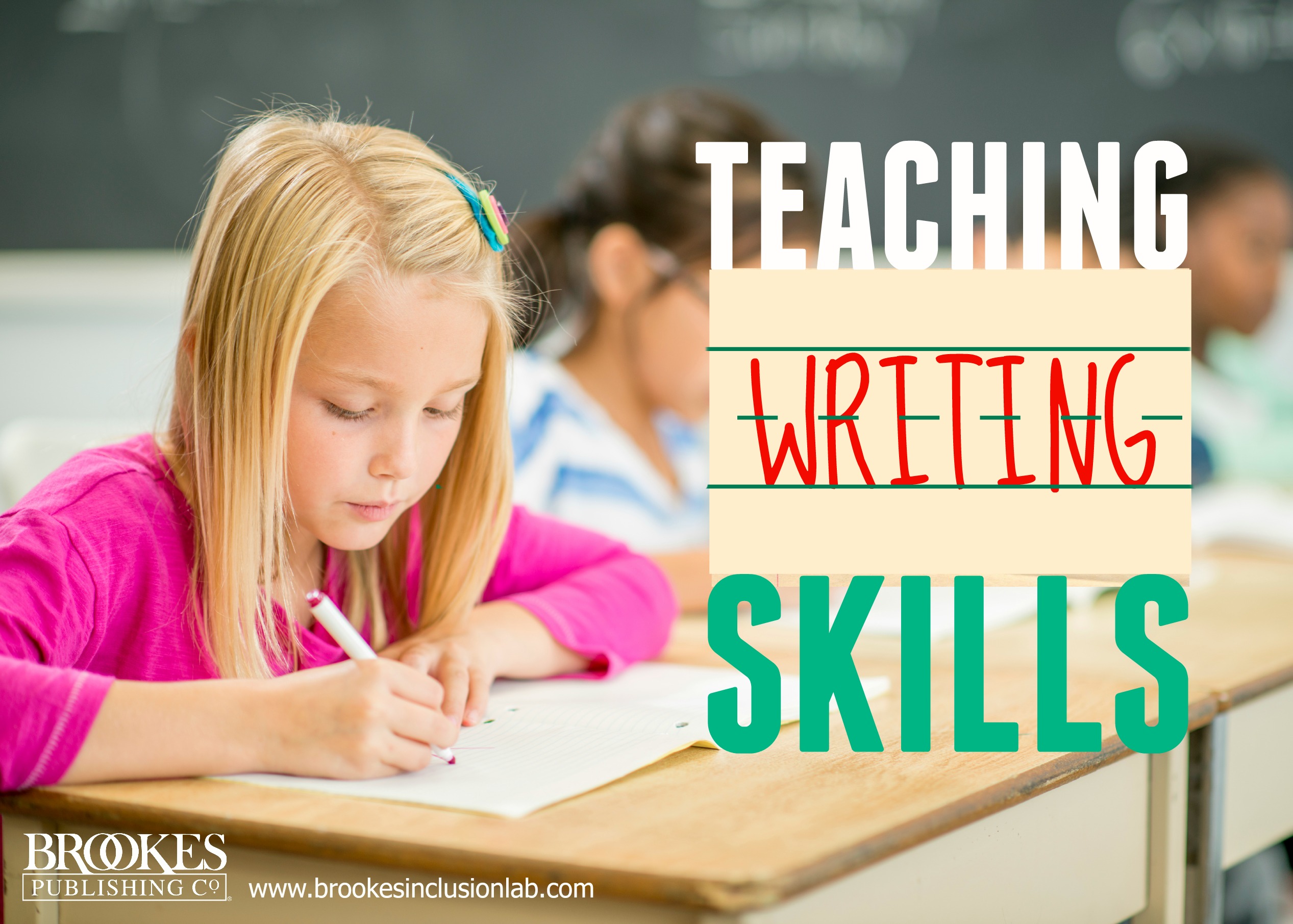
Written expression is a huge part of life inside and outside the classroom. When students with disabilities learn to write, type, and/or select appropriate communicative responses, it opens the door to greater opportunities to reach their learning goals, communicate their preferences, and establish rapport with the people around them.
Today’s post shares 7 important steps to consider when designing programs for teaching written expression to students with disabilities. These are excerpted and adapted from the excellent guidebook More Language Arts, Math, and Science for Students with Severe Disabilities, edited by Diane M. Browder and Fred Spooner.
Assess Students’ Current Repertoire
Which words and communicative responses does the student already use? Before you select a student’s instructional targets, start by determining his or her current writing and communication repertoires through formal and standardized assessments. An assessment of communicative functioning should target:
- Speaker skills, or expressive skills: communication skills that affect the behaviors of others
- Listener skills, or receptive skills: communication skills that involve responding to the words of others
To help you easily determine instruction objectives, you might also use a curriculum-based assessment tool that uncovers information about a broad array of skills relevant to writing, such as a student’s fine motor skills, communication, visual discrimination, and imitation.
Make Writing Meaningful
 Focusing on the mechanics of writing will often prevent a student from understanding and accomplishing the purpose of writing. Think beyond the traditional ways students have learned to write, and focus on making writing meaningful.
Focusing on the mechanics of writing will often prevent a student from understanding and accomplishing the purpose of writing. Think beyond the traditional ways students have learned to write, and focus on making writing meaningful.
- Ask what’s important and potentially reinforcing to students, and use the answers as engaging topics for written narratives. Try presenting pictures of characters from a book and asking the student, “Whom would you like to write about?” Let the student select their three most preferred characters to focus on during writing instruction.
- Teach students to request desired objects by exchanging pre-written words for preferred items. For example, you might instruct a student to get a cookie by handing the written word cookie to a partner. Once the student masters this, he or she can be taught to combine the written words big and cookie to communicate a desire for a larger cookie. This is a powerful way to give students direct control over their environment as they learn the functional use of written words. As a bonus, it allows students to use pre-written words without having to learn more complex fine motor and cognitive skills first.
- Deliver reinforcement right away. When your student displays any type of writing or prewriting behavior—holding a crayon, scribbling, pressing keys on a computer, drawing on a SMART Board—follow it up with immediate praise and reinforcement. This will hopefully increase the frequency of their writing behavior and improve the fine motor skills they need for handwriting or keyboarding.
Encourage Imitation
 Teach students how to copy words from labels, books, and other sources. Provide lists of words your students can copy from to increase their engagement in academics and leisure activities. For example, you can provide a list of words students can copy into search engines to access educational content for school (solar system, dinosaurs, U.S. presidents, etc.) and locate information on hobbies (computer games, stamps, scrapbooking). Once you teach students this skill, they can also use the print within their environment to develop their spelling proficiency. A student who can’t remember how to spell the word “milk,” for instance, can consult a milk carton for a model of the word.
Teach students how to copy words from labels, books, and other sources. Provide lists of words your students can copy from to increase their engagement in academics and leisure activities. For example, you can provide a list of words students can copy into search engines to access educational content for school (solar system, dinosaurs, U.S. presidents, etc.) and locate information on hobbies (computer games, stamps, scrapbooking). Once you teach students this skill, they can also use the print within their environment to develop their spelling proficiency. A student who can’t remember how to spell the word “milk,” for instance, can consult a milk carton for a model of the word.
When learning to copy words, some students may need assistive technology to circumvent weaknesses in fine motor skills. You may need to use adapted keyboards (alphabetical, onehanded, large print), AAC selection displays, and/or scanning technology for students who have physical disabilities that affect their gross and fine motor functioning.
Teach Spelling Skills
 Once students learn to copy other words, they can progress to spelling words after hearing them spoken. Try these strategies to boost emerging spelling skills:
Once students learn to copy other words, they can progress to spelling words after hearing them spoken. Try these strategies to boost emerging spelling skills:
- Backward chaining strategy. Present the spoken word and then provide a written model for the student to trace. Fade the written model by incrementally removing the letters in the word from the last letter to the first.
- Computer-assisted instruction. Show the student a word/picture combination, and then ask him to select letters from a computer-based array to construct the word shown.
- Cover, copy, compare (CCC) technique. Give the student a piece of paper divided into four columns. The first column contains the targeted spelling word. The student copies the word and writes it in the second column. Then the student folds the first column on the left toward the center (covering the second column) and writes the word from memory in the third column. The student unfolds the paper and compares, and if she’s made an error, she copies the word three times in the final column.
- Video models. Record a video of yourself writing new words on a chalkboard, and display the video on a computer while students type or write the words. Insert a pause in the video to allow the student time to copy the word. Then insert a blank screen, during which the student writes the word from memory, and show the original model once more. (Share the videos with parents to help them support their child in practicing writing skills outside the classroom.)
Encourage Sentence Construction
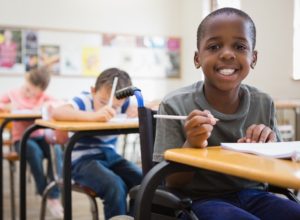 Begin instruction by teaching students to write, type, or select words when presented with a picture or object.
Begin instruction by teaching students to write, type, or select words when presented with a picture or object.- Once students have acquired a small word-to-picture repertoire of about 50 words, start using sentence starters (“I see a _____,” “The boy is ______”) to expand the length of these responses.
- Fade the sentence starters gradually so that students are independently constructing sentences.
- Once students can write a single sentence about a picture, encourage them to write multiple sentences about a picture. Present pictures containing a variety of stimuli and highlight features of the picture to help students identify content in which to describe or label. These prompts can then be faded to ensure students can choose to write about the stimuli that they deem important.
- Fade the use of pictures so that students can eventually write about things they have learned. Slowly increase the amount of time between the observation of the picture and the writing response. This fading is important, since students will rarely be asked to write about things immediately present in their environment.
Note: If students have not acquired sufficient spelling skills to write sentences, then they may require the use of selection-based writing software in which words or combinations of words are presented within arrays on a computer screen.
Teach Narrative Writing
 Students who can engage in narrative writing are able to articulate what they know and share their perspective on the world around them. Carefully plan instructional activities to help students acquire narrative writing skills:
Students who can engage in narrative writing are able to articulate what they know and share their perspective on the world around them. Carefully plan instructional activities to help students acquire narrative writing skills:
- Begin by teaching students to write simple paragraphs. Show them that a paragraph names a topic and then tells more about that topic.
- Teach students to apply this rule when writing a paragraph about a picture. Help the student to identify the content of a topic sentence by highlighting a key element within the picture.
- Present a visual organizer and show the student how to use it during planning and while writing his or her paragraphs.
- To give students a model for simple storytelling, show them a series of pictured events or video recordings of real-life events (e.g., child plays ball, child falls down, child cries). You might also give students a series of pictures to sequence themselves before they write a story.
- Once students can write or construct a paragraph about a picture or other visual aid, fade the use of visual supports.
Provide Editing and Revision Instruction
 You can help improve the quality and clarity of student writing by prompting them to check their own work. For example:
You can help improve the quality and clarity of student writing by prompting them to check their own work. For example:
- After teaching a student to write simple sentences, instruct the student to identify whether he or she has included both a person or a thing and something more about the subject.
- Direct the student to look for ending punctuation.
- Ask students to identify missing elements in their stories. Have them practice by presenting a variety of examples and having the student record the presence or absence of the elements.
- Teach students to use checklists to increase the inclusion of critical elements during writing activities.
- Show students how to graph their use of writing elements and monitor their own progress, so they can become more independent and effective writers.
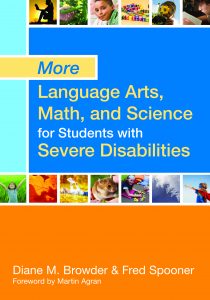 Writing instruction for students with disabilities is a complex process that must be carefully and deliberately planned. These were just a few suggestions to get you started. For more guidance—and practical information on how to teach other academic content areas to students with developmental disabilities—check out More Language Arts, Math, and Science for Students with Severe Disabilities.
Writing instruction for students with disabilities is a complex process that must be carefully and deliberately planned. These were just a few suggestions to get you started. For more guidance—and practical information on how to teach other academic content areas to students with developmental disabilities—check out More Language Arts, Math, and Science for Students with Severe Disabilities.


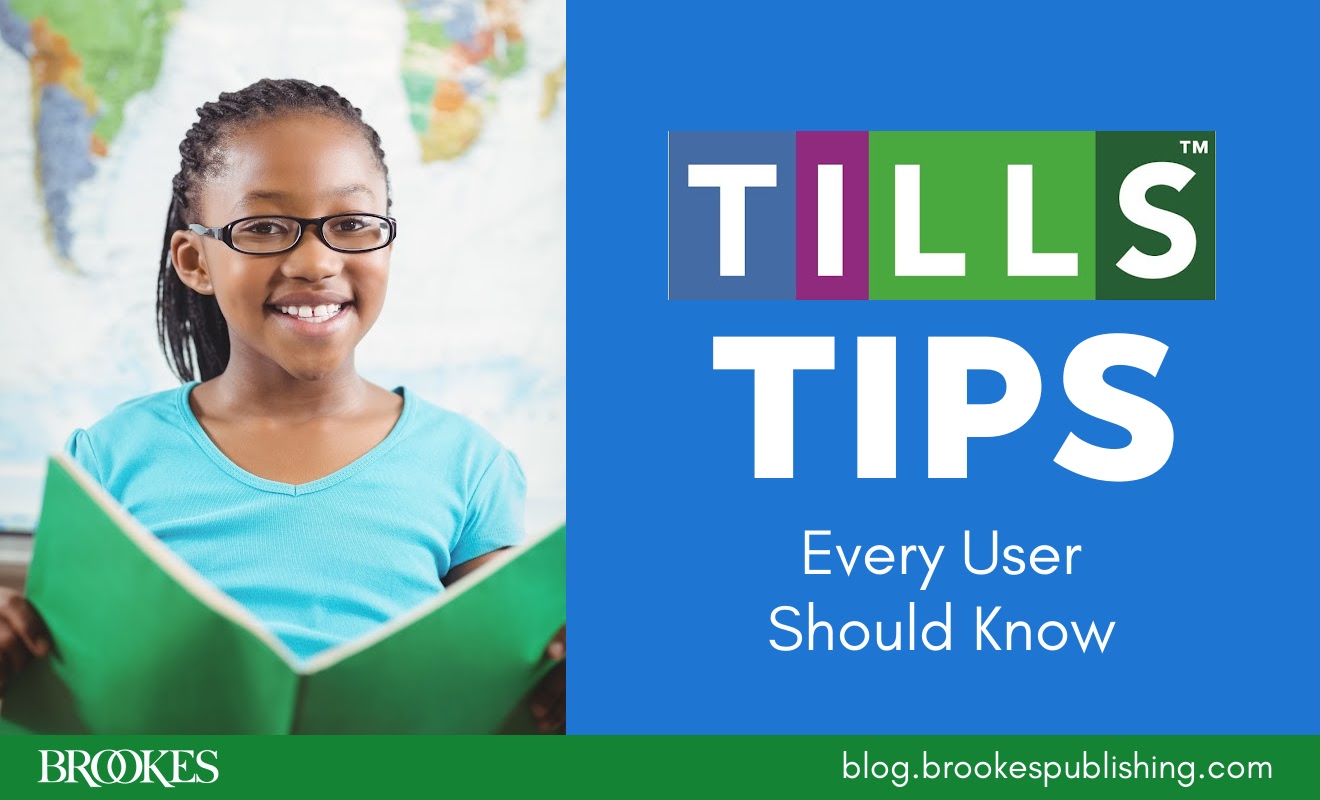
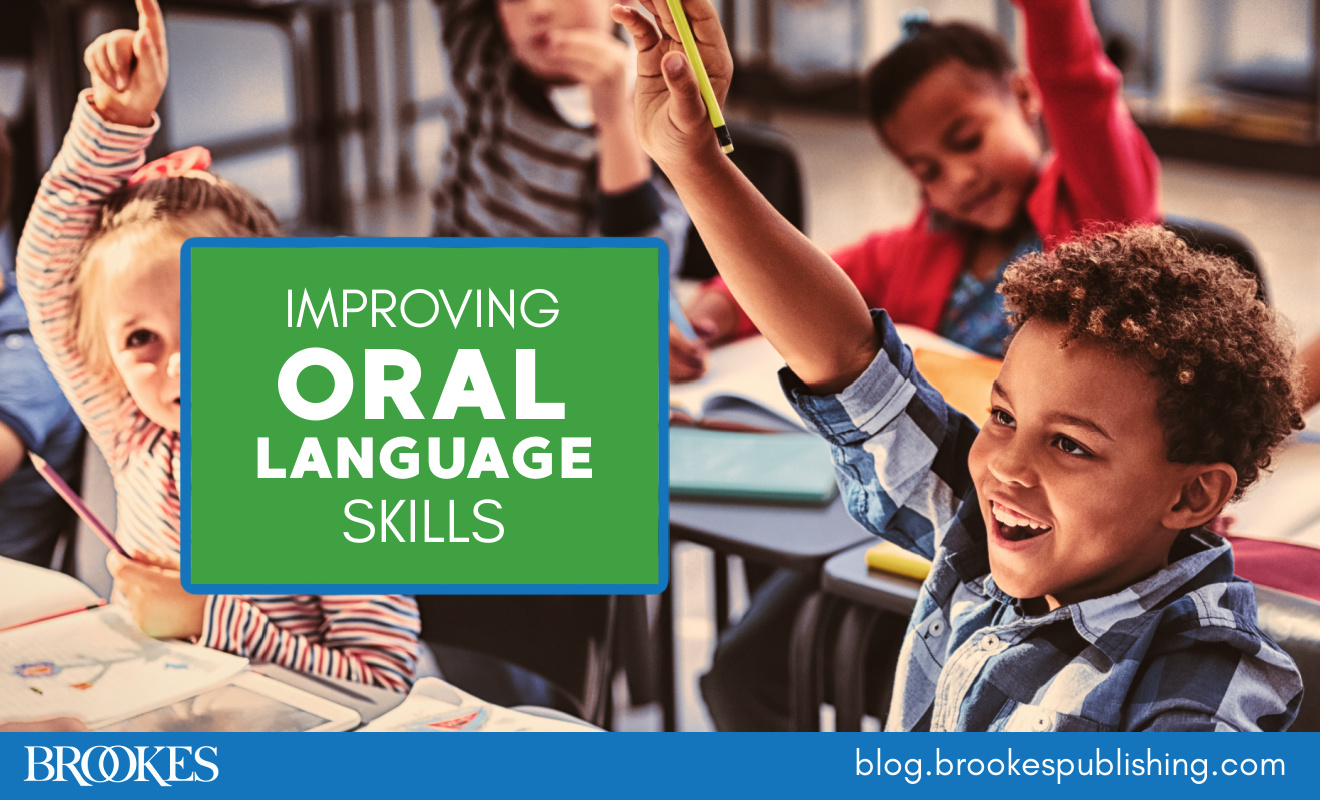
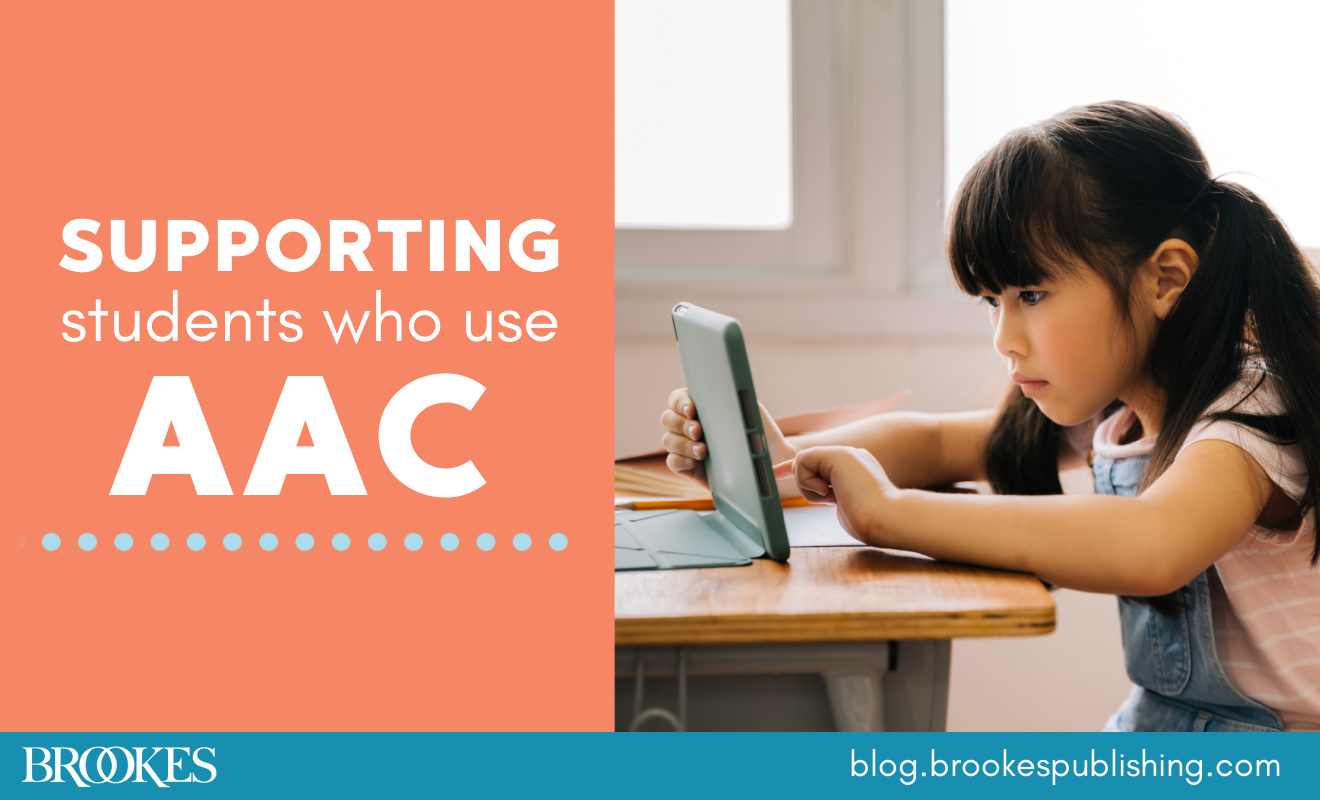
Write a Comment
Your email address will not be published. Required fields are marked *
comments
MULIANI BT ABU BAKAR says
I need an advice(s) the teaching strategies to kids with learning difficulties. Starting by teaching phonics , hoe else should I proceed. Fitzroy Readers are so far very effective. Tqvm
jlillis says
Hi! You can find our complete list of books related to teaching children with learning disabilities here: https://products.brookespublishing.com/Learning-Disabilities-C1059.aspx. Many of these have sections on teaching literacy skills, including writing, to students with learning difficulties.
Daisy Simpson says
Amazing article.
All the 7 steps are just wonderful for students. I want to add one more method by which you can try to teach them writing skills. You can ask students to read some story of their choice and ask them to write the same story in their own words, it will help them to write on the beginning stage because they know the story and just need to write by themselves. Writing a story without reading can be difficult for students but if they have read the story can write it.
jlillis says
Thank you, Daisy! Great suggestion!
maheshsea says
Thanks for sharing the significant information. It helped my children and will help others a lot. Nice.. ...All the 7 steps are just wonderful for students
Basudeb Das says
Well explained
Andi Duferense says
Amazing article.
All the 7 steps are just wonderful for students. I want to add one more method by which you can try to teach https://www.google.com/ writing skills. You can ask students to read some story of their choice and ask them to write the same story in their own words, it will help them to write on the beginning stage because they know the story and just need to write by themselves. Writing a story without reading can be difficult for students but if they have read the story can write it.
Post a Comment